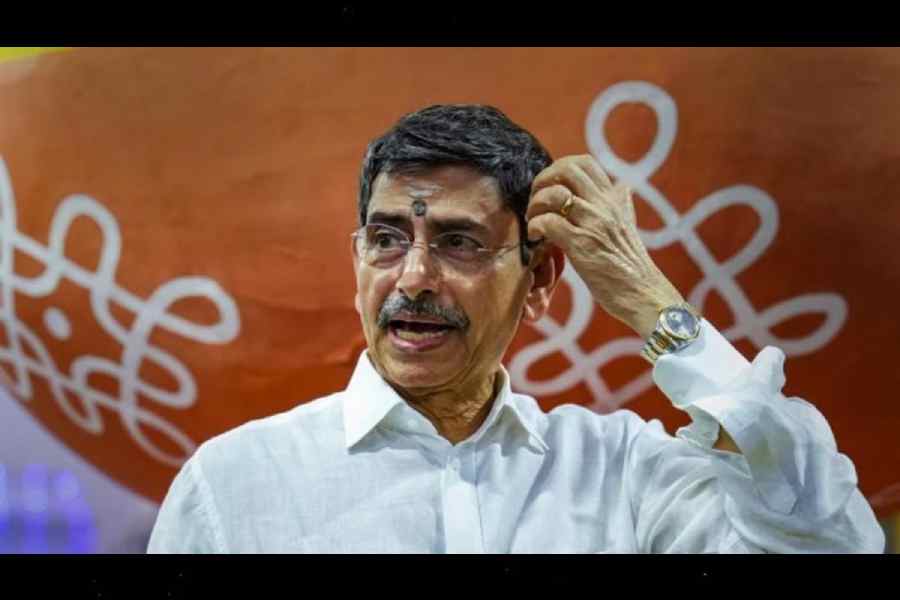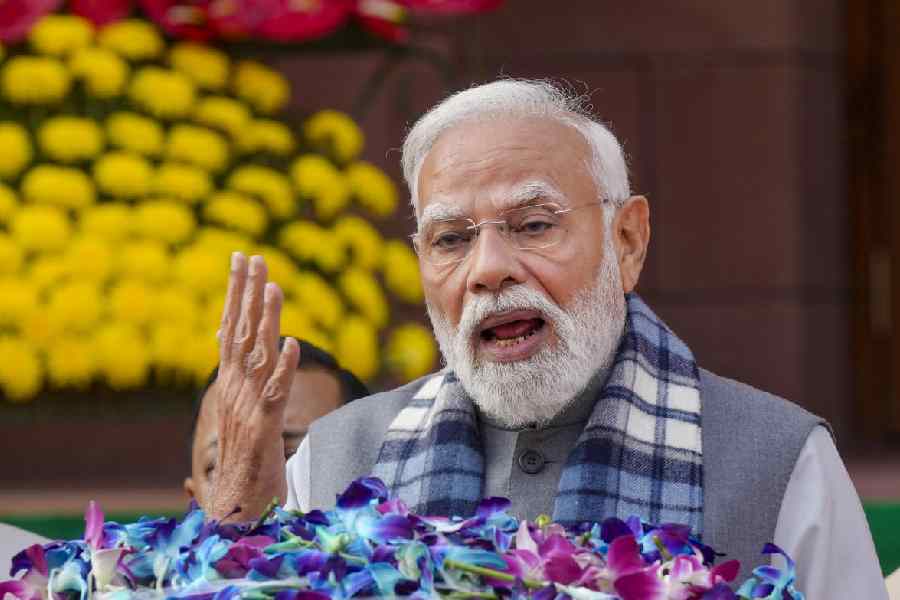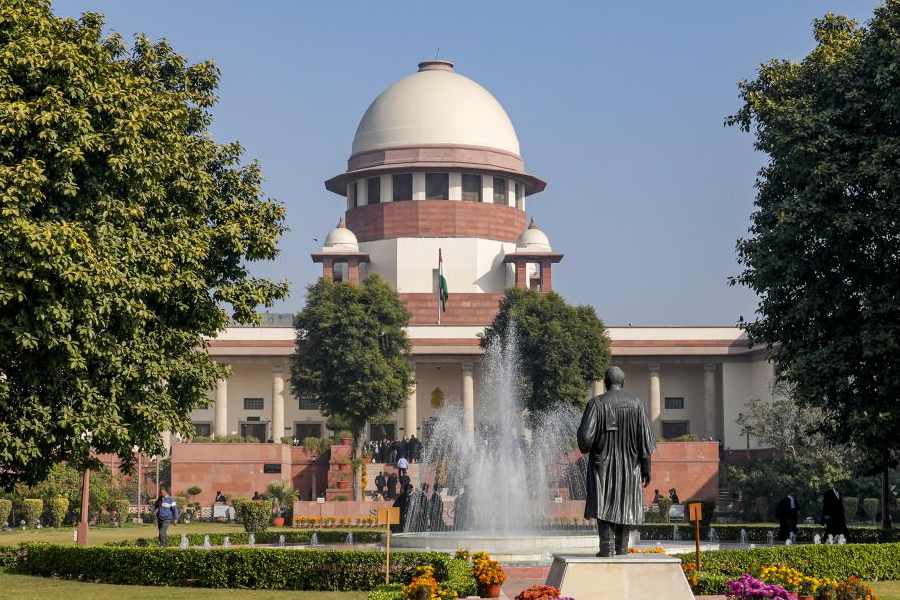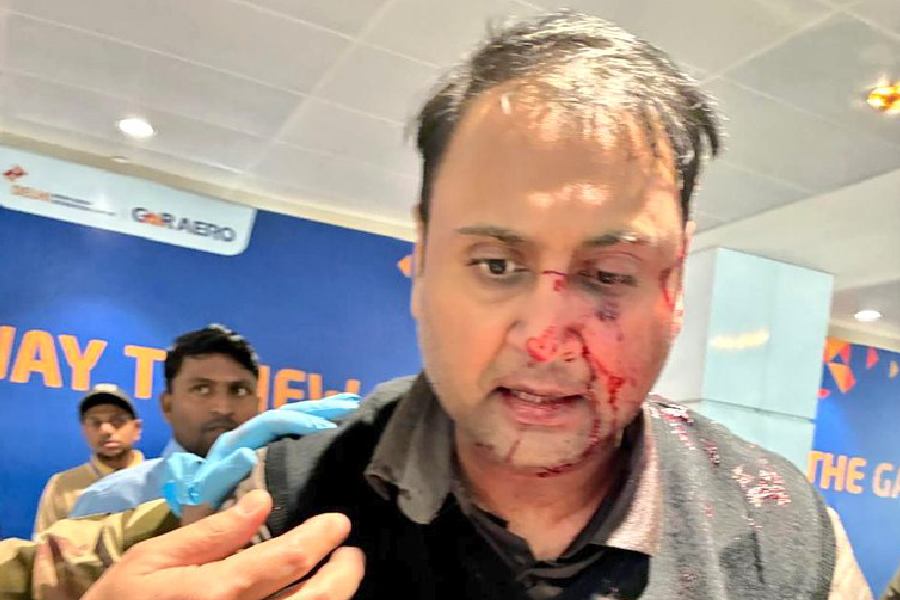The reactions to the Supreme Court coming down heavily on the actions of the governor of Tamil Nadu have been along expected lines. Serious constitutional scholars have questioned the court’s ‘overreach’ — how can the court ‘deem’ laws to be passed when the governor has actually not signed off on them? Opposition parties and their legal advisors have welcomed the court’s intervention — Governor R.N. Ravi was clearly not acting in good faith. So it was right for the court to call his bluff and bypass him altogether. WhatsApp forwards, ever loyal to the Union government, have wondered how the court, which has no timelines of any kind for itself, can even contemplate setting timelines for other authorities, let alone the president of India or the governor of a state.
Each of these reactions has some justification. Though pulling in entirely different directions, they are united by a semblance of an underlying thread — an ongoing quest to find meaning in the role of the governor in modern India. Several constitutional scholars have long laboured to give the titular governor something meaty to do. So when the court takes away one of the governor’s key functions — assenting to bills — by deeming bills that he did not pass as passed, this interpretive project is under serious threat. Opposition parties have looked on at how the Bharatiya Janata Party has mastered its own playbook of interfering in state governments through pliable governors. Now is the time for schadenfreude. You used the Supreme Court against Romesh Bhandari. Now something worse has happened to R.N. Ravi. To the ordinary Indian reading and sending WhatsApp forwards, all this may appear farcical. The Supreme Court has said there would be no liquor vends on highways, that the Delhi lieutenant-governor would abide by the wishes of the elected government, that bulldozers would not be used wantonly. Nothing the court says appears to matter much. Why would some timelines now make any dent to the functioning of
governors as parallel power centres in states?
Purely as a matter of law, the Supreme Court gets its reasoning right. The Constitution gives the governor three limited options when a bill passed by the state legislature is sent to him. He can either assent to it, withhold assent, or send it to the president for consideration. If he sends it back to the legislature, which, in turn, resends it to him, he has to assent to it. The Constitution does not envisage a ‘pocket veto’ by which a governor simply sits on a bill indefinitely. Governor Ravi had done precisely that—he refused to assent to 10 bills for such a long time that the delay was tantamount to the purpose of the bill being defeated. The court was right to reiterate what the Constitution plainly intends — the governor is merely a figurehead. He cannot exercise any real powers except when the Constitution clearly provides for it.
But this judgment isn’t only about the law. It’s about the absence of law. Despite being a figurehead, or perhaps because of it, the Constitution treats the governor and the president with utmost reverence, saying little about how they are to behave. This is a colonial construct. Ever encountered an ordinary Britisher, the man on the Clapham omnibus, who is publicly polite to a fault when someone is making noise on a bus, though unsparing in his/her condemnation of such behaviour in private? The Constitution adopted the same protocol when it came to high constitutional functionaries. Write nothing publicly, conduct all meaningful conversations
in private.
But this is a problem when the figurehead never really considers himself to be one and does exactly what he pleases, or what his bosses in New Delhi desire. In that case, the question arises, why go through such elaborate scheming for a mere figurehead? Why not abolish the office entirely? In their authoritative work on governors in India, Heads Held High, S. Narayanan, K. James and L. Panda trace the office of the governor all the way back to a charter issued by King Charles II in 1661 empowering the East India Company to appoint governors to administer its factories and depots in India. Very soon they were given military and judicial powers. Once the Crown took over, the governor was the receptacle of colonial interest in their various outposts. The nature of power may have changed but the nature of the governor’s office remained constant — an outsider who would act like a responsible adult in the raucous environment of a provincial capital.
The framers of the Constitution, in line with their general thinking on such matters, decided to continue this colonial institution. They tried, however, to repurpose it to serve democratic ends. The Indian governor would continue in his role as the figurehead of the state government but would have no real powers. Because that would seem like a colossal waste of public money, he was vested with a few substantive powers — to invite a party to form a government which he thinks would command a majority, to exercise his discretion and refer bills to the president in certain situations and so on.
This was a ‘middle path’ solution — don’t do away with the office of the governor but don’t vest it with too much power. Such middle-path politics has been seductive to Indians from the time of the Buddha, neither eschewing the extremes, nor decisively adopting them. But what they did not account for was the lingering spirit of the East India Company that had taken firm residence in the hearts and minds of the exalted occupants of the Raj Bhavans. Once governors had tasted blood as colonial administrators charged with bringing civility to the boondocks, they would not be cooped up like docile pets.
And so to the present. Governors, as nominees of the Union government, have regularly over-stepped their brief when the party in power at the state is of a different party than the one at the Centre. Romesh Bhandari did this to the BJP government of Kalyan Singh in Uttar Pradesh. Going back further, Dharma Vira was a constant thorn in the flesh of Ajoy Mukherjee’s government in West Bengal. There have been exceptions, but of late, these are becoming rare. Every trick in the book has been tried to thwart an elected government — refuse to sign bills, play hardball on appointments, criticise the government publicly against the aid and advice of ministers. None of this is lawful.
When such actions (and Ravi is neither the first governor to adopt some of these methods, nor will he be the last) are so commonplace, it is hypocritical to expect the court to blindfold itself Gandhari-style to this reality. Instead, like Dhritarashtra, who listened attentively to what Sanjaya had to say about the war in Kurukshetra, the court has rightly based its assessment on the reality of governance in India today where principles are contorted for convenience, ethics is for the weak, and winning matters above all else. If the Constitution’s framers had been more alive to this reality, instead of dreaming of an alternative utopia, they would have done to the office of the governor what Krishna instructed Arjuna to do to Karna — “with the greatest care and resolution... slay him.”
Arghya Sengupta is Research Director, Vidhi Centre for Legal Policy. Views are personal











